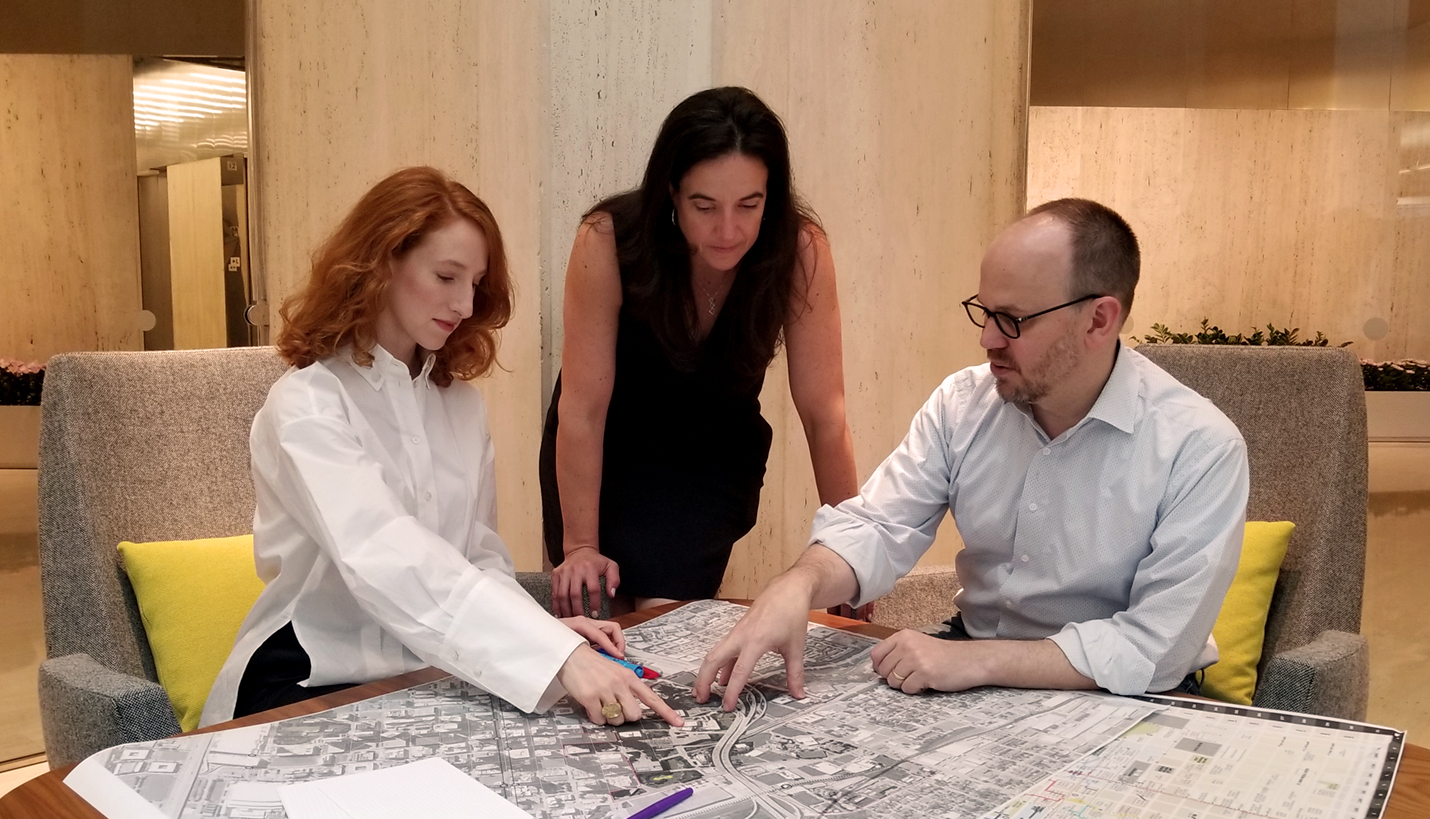

Generating Outcomes: A Design Solution Mentality
Not many students manage to leverage their self-taught photo editing skills into stints at Teen Vogue and for Annie Liebowitz while carrying full academic course loads. Fewer still are awarded significant financial grants to implement their urban design proposals. And rarely do summer interns at multidisciplinary design firms have the opportunity to contribute directly to projects that make a difference in people’s lives. Page strategic consulting intern Gina Ciancone has already accomplished all that.
Currently she is working on the Western Downtown Houston Master Plan which delights her for two reasons: as a native Houstonian, she is proud to have a role in developing recommendations for the city’s future. And as a sympathetic friend and neighbor of Hurricane Harvey flood victims, she is pleased the resilient design of the plan will frame the context of Western Downtown and anticipate future challenges, saying, “This will have a positive impact on my hometown to not only re-build, but to build back better.”
Her role on the strategic consulting team at Page has challenged her to think through multiple lenses: as a designer, an urban planner, problem-solver, researcher and more. Gina commented that it requires “creative problem-solving” to be a successful contributor in that capacity. Along those lines, she’s had the opportunity to participate in brainstorming sessions about solutions for other projects.
Between summer internships at Page, Gina took an entrepreneurial design course co-taught by a Harvard Business School professor that ultimately led to a $40,000 grant prize to positively impact societal, economic, and environmental issues in New Delhi, India. She and her collaborators conceived of a zero-electricity, modular ventilation panel that looks like a green screen made entirely from agricultural waste to remedy air pollution and extreme heat in the slums of New Delhi.
She describes Green Screen as “the result of creative interdisciplinary collaboration – it utilizes elements from a designer’s toolkit to integrate experimentation, technological possibility and business success to arrive at an innovative solution. This product will prove that design thinking is a necessary component to impact intractable problems.”
Gina’s path to Page was a serendipitous one. She admired Discovery Green and researched the design architecture firm responsible for it. That led her to the online Page staff profile of a Harvard University Graduate School of Design alumnus and their conversation ultimately led to her first summer internship in the firm’s Houston office in 2017.
She describes her experience at Page as giving her “a sense of community” and explains that its employees also are connected to former classmates and colleagues working at other firms. This gives them a perspective on the architectural community of Houston as a whole beyond the Page office, which helps raise her awareness of how Page projects – and her work – make the city a better place to live, work and play.
We will surely hear more about Gina Ciancone’s interdisciplinary mindset in the future and look forward to learning the outcome of the application of the Green Screen in India, her research on autonomous vehicles through Harvard's Fairbank Center for Taiwanese Studies, and studies of tropical modernism through Harvard's David Rockefeller Center for Latin American Studies.
08/16/2018








